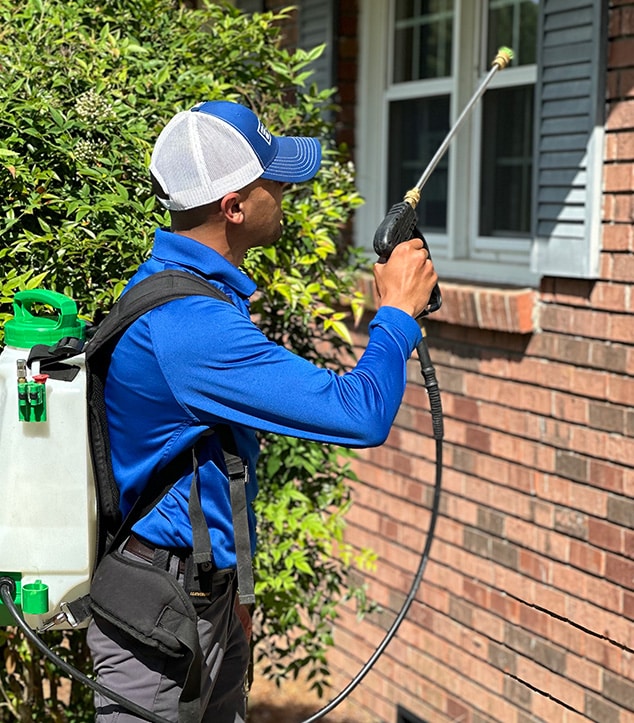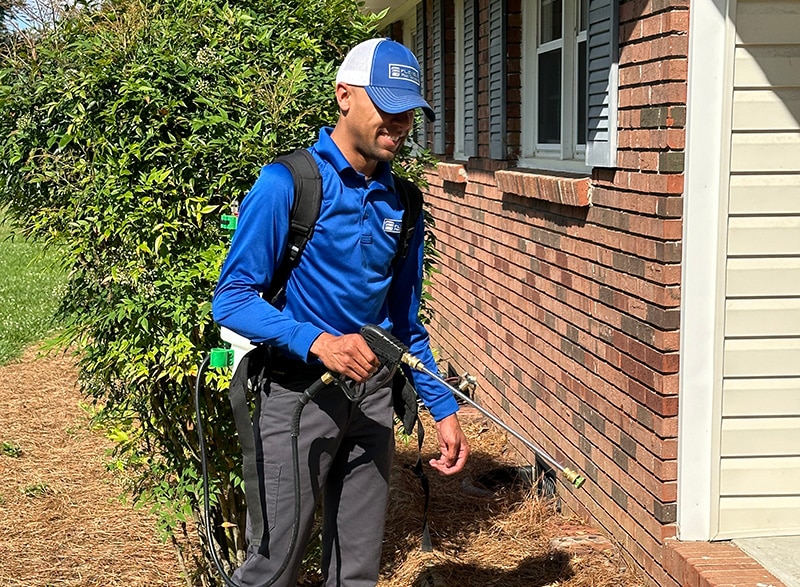

With years of expertise and a passionate team, we bring you eco-friendly and family-safe solutions that are as effective as they are conscientious. Our commitment to excellence and deep understanding of pest behavior guarantees not just a service, but a promise for a secure, comfortable living and working space.

We are honored to be nominated for the Best of Gwinnett! Your support means the world to us. Help us secure the title by casting your vote. Thank you for your support!